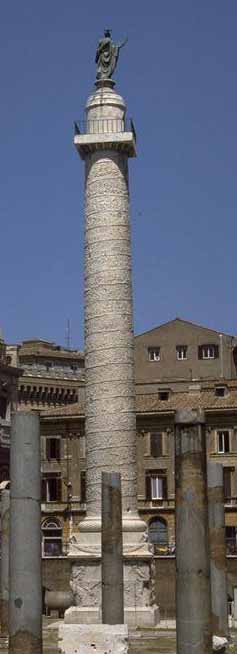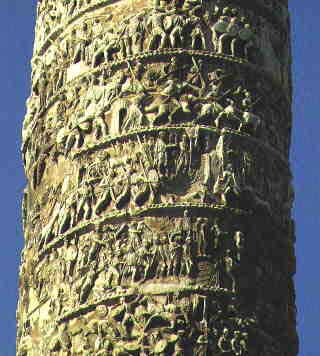The Roman art style encompasses over a thousand years of sculpture, architecture, wall painting, and portraiture. It holds strong roots in Etruscan and Hellenistic art, as the Etruscans had dominated Italy before the Romans, and the Greeks had colonies in southern Italy and Sicily. Romans were especially fascinated with Greek art, which introduced to them a new taste in the pretty and the refined. In fact, Greek artists were often invited to design buildings and produce or repair sculptures during the period of the late republic to the early empire. The Romans copied Greek bronze statues in marble, and they borrowed and developed the use of mosaic decoration from the Greeks. Busts, sculptures typically representing the shoulders and head of a person, were popular in Roman culture as they were in Greek culture, but the latter had less realistic “ideal busts” while the former produced “portrait busts,” which more accurately depicted the subject. Roman art did tend to be more secular and utilitarian than Greek art, as can be seen in the famed Colosseum and Roman bathhouses.
One Roman development was the triumphal arch, which inspired the Washington Square arch here in New York City, as well as the Arc de Triomphe in Paris. The triumphal arch featured relief sculptures and inscriptions, which were carved out of the marble or into the marble to carry historic and commemorative messages. The Romans also developed vaults and domes, as well as concrete, which allowed for such structures such as the Pantheon and Hagia Sophia. Roman decorative arts included fine silverware and glassware, as well as jewelry made from gold, amber, and other gems.
Hagia Sophia Trajan’s Column
Info taken from http://www.artchive.com/artchive/R/roman.html






